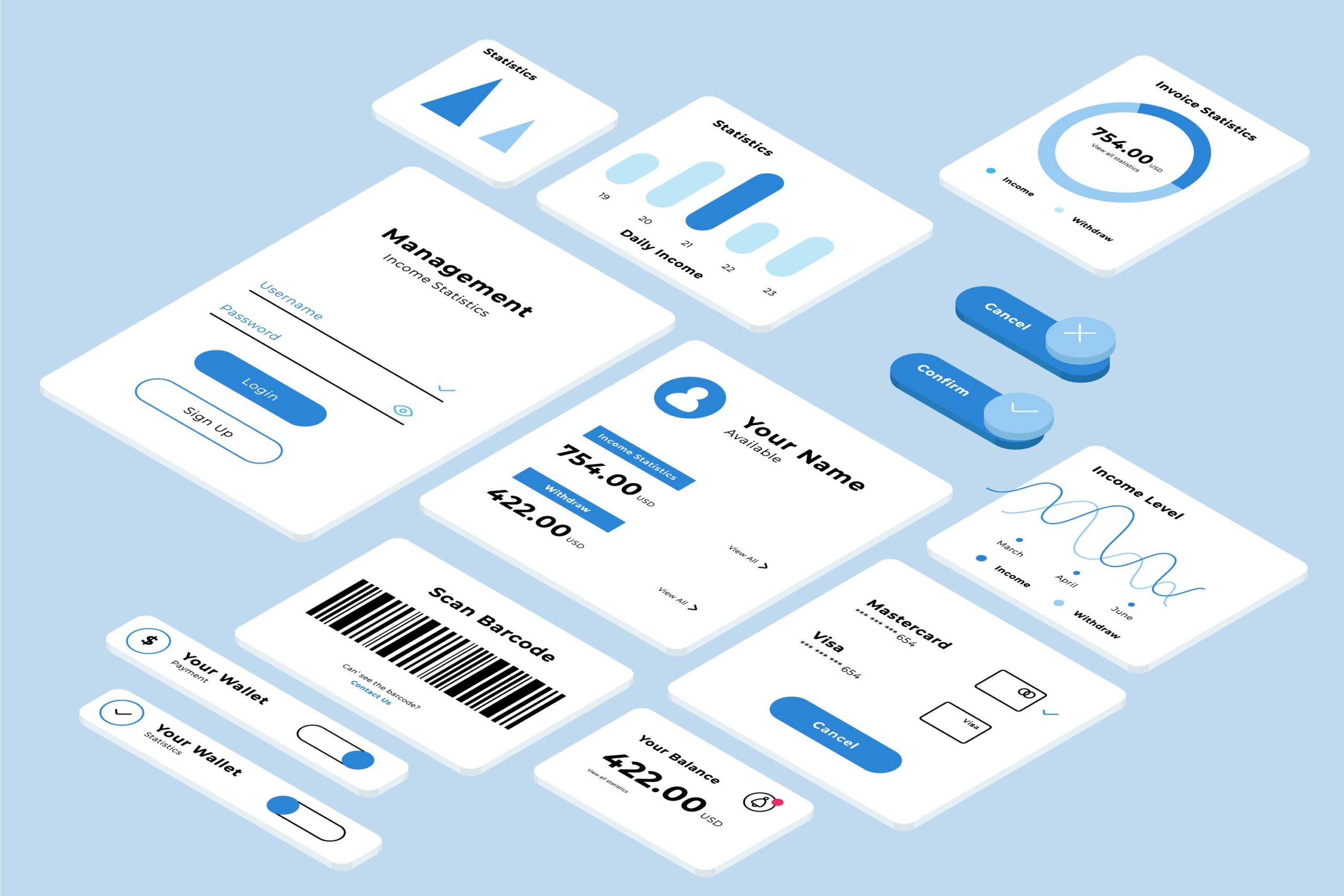The cornerstone for developing products that not only work well but also please people is user experience (UX) design principles, which boosts user satisfaction and success. Let’s examine ten tried-and-true user experience design principles and see how they might improve the performance of your product.

User-Centered Design:
By placing users at the center of the process, you can make sure that their wants, needs, and habits are taken into account at every turn. Designers may produce user-friendly interfaces and smooth interactions that appeal to the intended audience by developing empathy for people.
Continuity:
Users are more likely to feel comfortable and predictable when design aspects like layout, typography, color scheme, and navigation are consistent. Because of the decreased cognitive burden, people will find it simpler to operate the product and comprehend how it functions.
Ease:
Optimizing intricate procedures and getting rid of extraneous components simplifies the user experience. Designers may avoid uncertainty and annoyance by emphasizing clarity and ease of use, which will increase user engagement and retention.
Availability:
All users, regardless of impairments or limits, may access and use the product efficiently thanks to design that prioritizes accessibility. This covers things like putting keyboard navigation choices in place, employing clear and simple language, and offering alternative text for images.
Graphical Structure:
Creating a distinct visual hierarchy directs users’ focus to the screen’s most crucial components. Designers can improve usability and comprehension by communicating the relative importance of information and activities through the use of visual cues like size, color, and contrast.

Reactions and Budget:
Giving customers quick feedback and explaining affordances in detail makes it easier for them to interact with the product. Feedback builds confidence and trust by informing users of their actions and reinforcing the system’s response, whether through animations, visual signals, or microinteractions.
Capability to Learn:
By designing with learnability in mind, products can be used by users without requiring a lot of guidance. Through the use of well-known patterns and conventions, contextual assistance, and progressive information disclosure, designers may support users’ learning and enable them to gain proficiency over time.
Adaptability:
Flexibility takes into account a range of user preferences and usage scenarios. Personalized experiences, flexible layouts, and adjustable settings let users customize the product to fit their unique requirements and work processes, which improves usability and user happiness.
Error Reduction and Prevention:
Reducing user annoyance and averting expensive errors are achieved by anticipating and correcting possible faults. Error mitigation and product trust are maintained by providing customers with clear error notifications, undo choices, and gracious recovery paths that help them get back on track.
Optimizing Performance:
Performance optimization guarantees that the product reacts to user interactions promptly and consistently. Quick loading speeds, fluid animations, and effective workflows all help create a seamless user experience that lowers friction and raises satisfaction levels.

User Experience Design:
Iterative prototyping, usability testing, and user research must all be included into the design process in order to fully implement these user experience design principles. Prioritizing customer demands, encouraging consistency and simplicity, and offering advice and feedback can help designers produce products that not only meet but also beyond user expectations, resulting in success and market differentiation.
Conclusion:
In conclusion, by improving usability, satisfaction, and engagement, using these ten tried-and-true user experience design principles can increase the success of your product. Through emphasizing customer demands, promoting consistency and simplicity, and offering direction and feedback, designers may produce products that effectively connect with consumers and set them apart in the competitive market.




